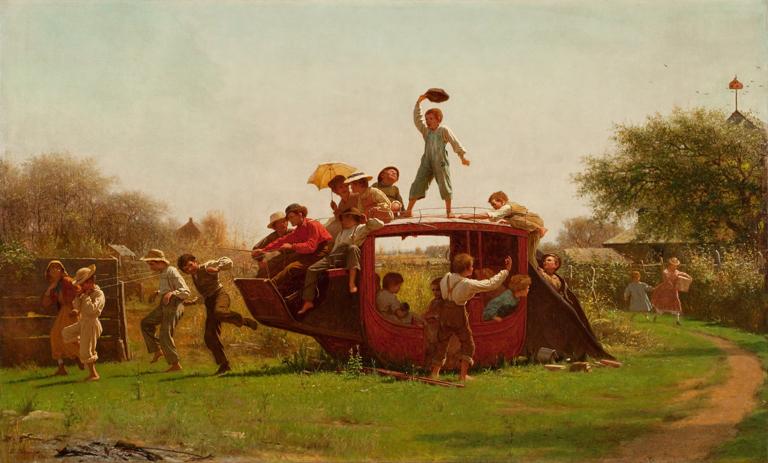For many of us, childhood represents a simpler time filled with dreams and hope. Over the last centuries, many artists tried to recapture this state of mind, but no one managed to capture it better than Romantic composer Robert Schumann in his “Kinderszenen” (“Scenes From Childhood”), a collection of 13 short piano pieces evoking childhood.
For Schumann, childhood was one of the happiest times of his life and a source of lifelong inspiration. The Romantic composer loved children and their worldview, and in 1833, he wrote that “in every child is found a wondrous depth.”






